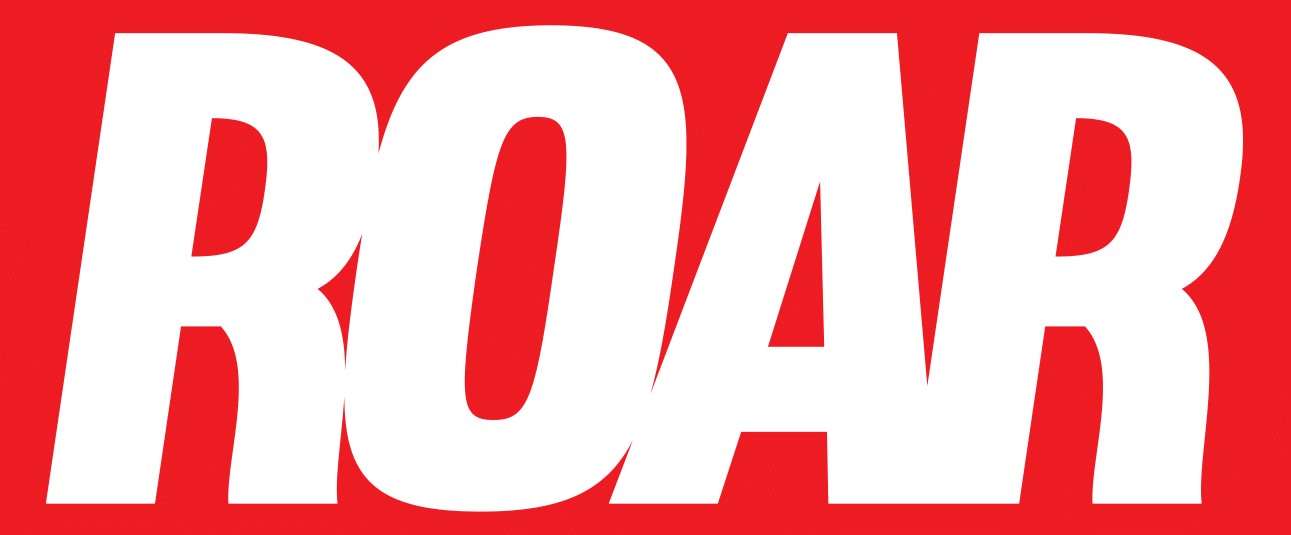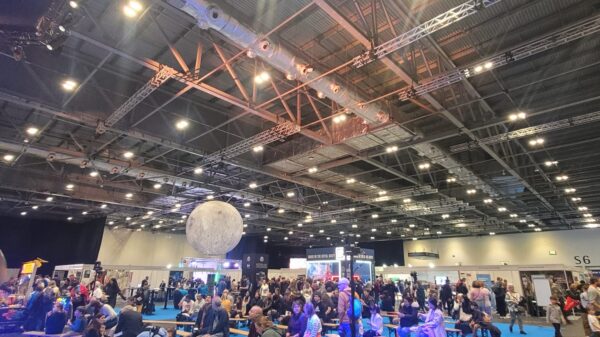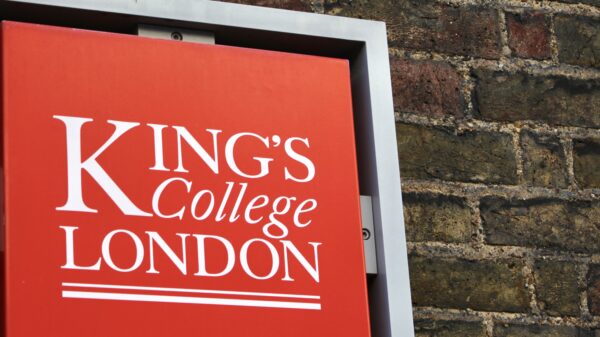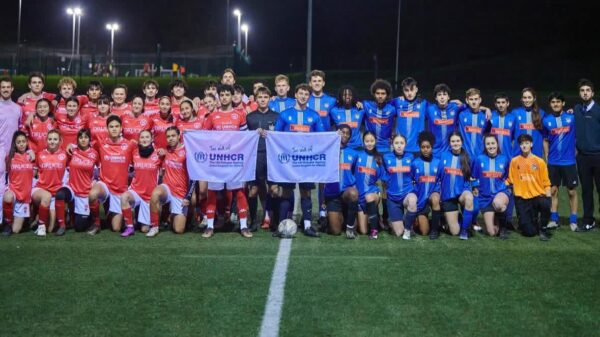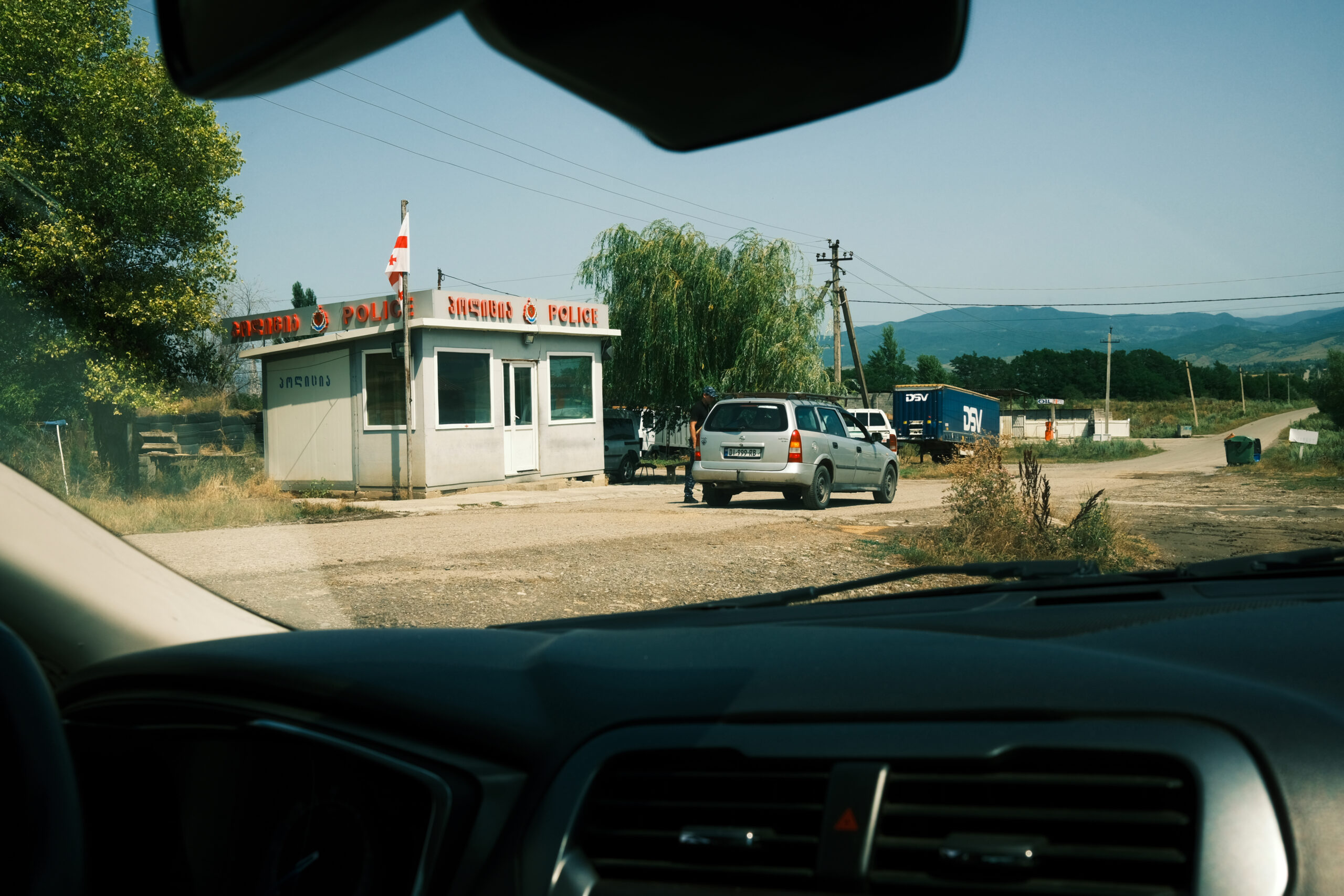Staff Writer Vishwa Shah analyses the motivations behind Russia’s invasion of Ukraine.
The events leading up to the invasion reveal a mix of fear on the Russian side, the Western dream of a Europe free from war and the end of ‘Fortress Europe’ as a concept, to name a few, all fed into fatal misunderstandings about Europe’s future.
The result: Europe’s deadliest war in decades.
Part One: NATO moves East
One of the reasons why Russia invaded Ukraine in 2022 was the eastward expansion of NATO.
Later, on 12 September 1990, the Two-Plus-Four Treaty, which formally addressed the external aspects of German reunification, was signed by the Union of Soviet Socialist Republics (USSR), the United States of America (US) and Western allies. While the treaty required the former East Germany to remain demilitarised, at the last minute, the West German Foreign Minister Genscher, alongside US Secretary of State Baker, added a written addendum to the Treaty known as the ‘Agreed Minute.’ This allowed NATO forces to be deployed to the former East Germany at the discretion of the German government, dominated by former West German officials following East Germany’s collapse. The Two-Plus-Four Treaty and the Agreed Minute were signed by both parties, which helped create the conditions for future NATO expansion should the USSR become hostile again.
The push of Central and Eastern European countries to join NATO and the delicate balance between the USA and Russia relations led to the establishment of a Partnership for Peace (PfP) at the January 1994 NATO summit. The organisation was established as a way for NATO to offer aid militarily without the countries themselves joining NATO. This was done to ensure phased NATO expansion eastwards without inflaming tensions with Russia.
During the Brussels NATO ministerial meeting on 1 December 1994, without informing Russia, the alliance’s foreign ministers opened the door for NATO expansion, which began to sour relations between the US and Russia.
Part Two: Pipelines and Power
Another reason why Russia invaded Ukraine in 2022 was due to Gas pipelines and Energy politics. Ukraine is a vital transit route for Russian gas to an energy-hungry European Union (EU). On 30 December 2019, Russia’s Gazprom and Ukraine’s Naftogaz signed a five-year gas transit deal, brokered by the EU. On 1 January 2020, the gas transit deal took effect, which ensured Russian gas continued to flow via Ukraine. This made Ukraine strategically important.
Control of gas routes also gave Moscow a powerful motive for invasion. There are 3 main gas pipelines: the Yamal-Europe pipeline, Nord Stream 1 and 2. Nord Stream 1 and 2 were especially important as these pipelines directly connected Russia and Germany, bypassing Ukraine. This reduced Kyiv’s leverage and deepened Europe’s dependence on Russia. It became especially significant after the ousting of the former President of Ukraine, Yanukovych, in 2014. For Moscow, controlling or neutralising Ukraine’s role in energy transit became a strategic necessity.
Part Three: The Fear of Westernisation
These revolutions, alongside Euromaidan 2014, which saw President Yanukovych ousted from Ukraine as he refused Ukraine’s membership in the EU, signalled to the Kremlin that Western-backed ‘regimes’ were coming into power in Russia’s sphere of influence. Fearing similar revolutions in Russia, Russia began invading Georgia in 2008 and annexed Crimea from Ukraine.
But if Russia annexed Crimea in 2014, why invade again in 2022?
On the Russian side, westernisation of countries led to the Kremlin fearing similar revolutions in Russia. Russia also placed trust in a pan-European alliance to replace NATO- one that ignored Central and Eastern Europe’s security concerns.
